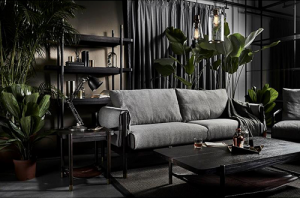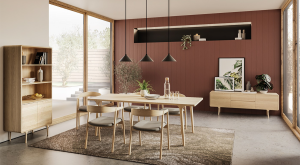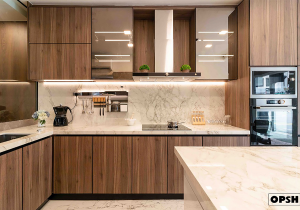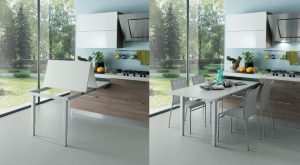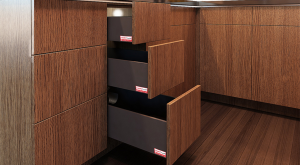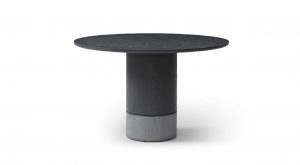Featured Post
Futon vs. Sofa Bed: What’s the Difference?
Futons and sofa beds both solve the problem of needing extra sleeping space without taking up too much room. In this article, we’ll break down the differences in design, comfort, and use, helping you decide which fits your home best.
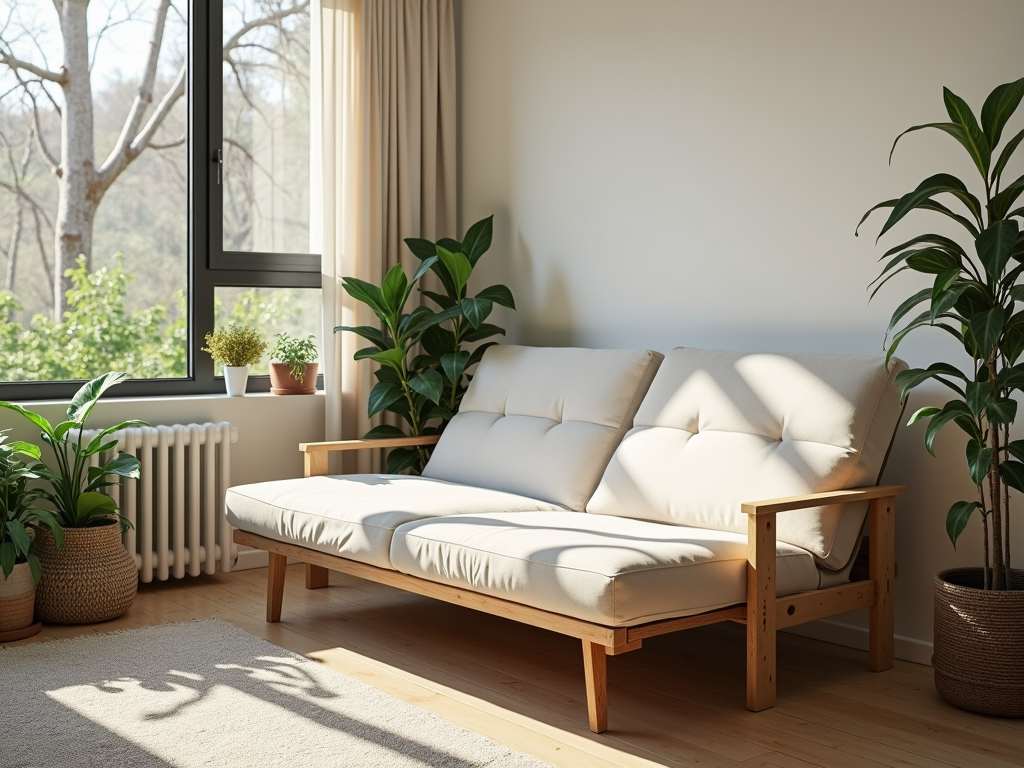
What’s a Futon?
A futon is a simple, versatile piece of furniture with roots in Japan. Originally, it was just a thin mattress on a mat, but today’s futons come with frames that switch between sofa and bed. I’ve used one in my old apartment, and it was a lifesaver for saving space.
Key Features: - Design: Low to the ground with a foldable mattress. - Functionality: Quick to flip from sofa to bed—usually just one move. - Comfort: Depends on the mattress. Mine had a cotton fill, which was fine for occasional naps but not great for every night. - Style: Ranges from basic to sleek and modern.
Futons shine in tight spaces. They’re light, easy to move, and don’t overwhelm a room.

What’s a Sofa Bed?
A sofa bed, or sleeper sofa, looks like a regular couch but hides a mattress inside. You pull it out or unfold it to make a bed. My friend has one in her living room, and it blends in perfectly until guests arrive.
Key Features: - Design: Bigger and more sofa-like, with a mattress tucked away. - Functionality: Takes a bit more effort to set up—remove cushions, pull out the bed. - Comfort: Often better for sleeping, especially with a good mattress. Hers has memory foam, and I slept like a rock. - Style: Tons of options, from leather to fabric, formal to casual.
Sofa beds feel more permanent. They’re heavier and work well if you’ve got space to spare.

Futon vs. Sofa Bed: How They Compare
Both serve as seating and sleeping options, but they’re not the same. Here’s a breakdown based on my experience and research:
| Feature | Futon | Sofa Bed |
|---|---|---|
| Size | Small, compact | Larger, bulkier |
| Weight | Light, easy to shift | Heavy, stays put |
| Conversion | Fast and simple | Takes a few steps |
| Comfort | Okay for short-term | Better for long sleeps |
| Style | Casual, minimalist | Polished, sofa-like |
| Cost | Usually cheaper | Pricier, varies widely |
Choose a Futon If: - You’re tight on space (like my old studio). - You want something affordable and easy to move. - You’ll use it mostly as a sofa, with rare bed use.
Choose a Sofa Bed If: - You’ve got room and want a comfy guest bed. - You like a sofa that doesn’t scream 'temporary.' - You’re okay spending more for quality.
A study from Cornell University on furniture ergonomics backs this up—comfort often ties to mattress quality, which sofa beds tend to nail better.
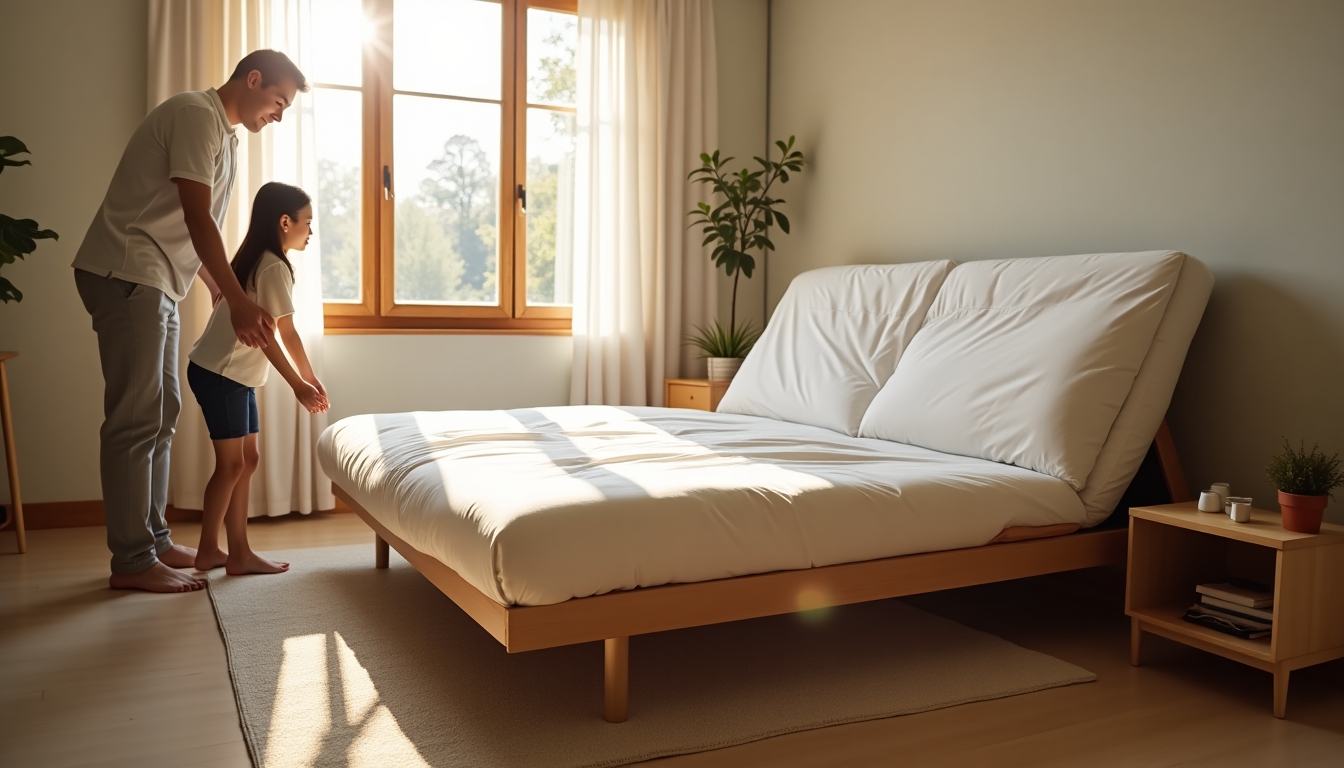
Converting Futons into Beds: My Go-To Method
One thing I love about futons is how easy they are to switch. Here’s how I did it with mine:
- Clear It Off: Toss any pillows or blankets aside.
- Pull the Frame: Mine had a backrest that dropped flat with a tug.
- Spread the Mattress: Unfold it fully across the frame.
- Add Bedding: Sheets and a blanket made it cozy.
- Switch Back: Fold it up when you’re done.
It took me less than a minute after a little practice. Sofa beds? My friend’s took longer—maybe five minutes with all the cushions and pulling. If you’ve got guests often, this speed matters.

How to Choose the Perfect Futon for Your Space
Picking a futon isn’t just about price—it’s about fit. Here’s what I learned when I shopped for mine:
- Size Matters: Measure your room. My futon fit perfectly against the wall, but I checked the bed length too—tall friends need space!
- Frame Strength: Wood or metal? I went with metal for durability. It held up through moves.
- Mattress Quality: Thin ones work for sitting, but thicker foam or springs are better for sleep. Mine was too thin for daily use.
- Style Fit: I picked a sleek black frame to match my vibe. Look at your room—does it scream cozy or modern?
- Test the Switch: In the store, I flipped it a few times. Smooth is best.
- Budget: I spent $200 and got a solid deal. Set your limit first.
The National Sleep Foundation says mattress thickness affects sleep quality—something to think about if your futon’s for sleeping a lot.
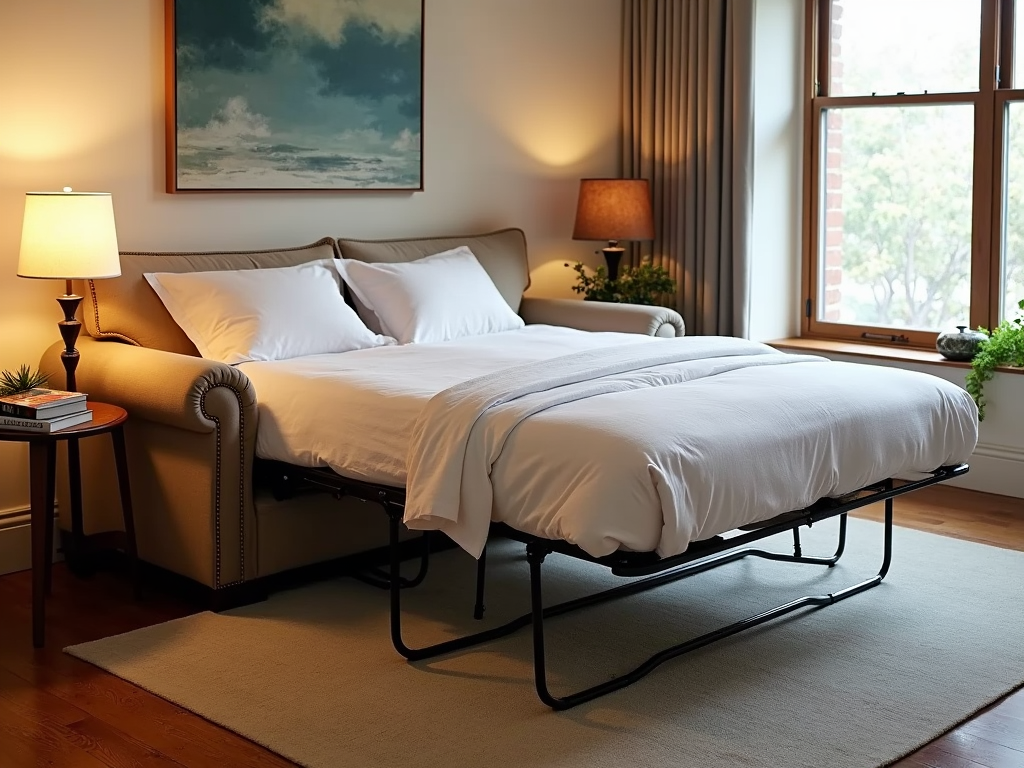
Pros and Cons: Real Talk
Futons: - Pros: Cheap, light, space-friendly. Mine doubled my tiny living room’s use. - Cons: Not the comfiest for long-term. My back felt it after a week.
Sofa Beds: - Pros: Look great, sleep better. My friend’s guests rave about hers. - Cons: Heavy and pricey. Moving it? Good luck.
I’d say futons win for flexibility, but sofa beds edge out on comfort. A Consumer Reports guide on furniture durability notes sofa beds often last longer with care, which makes sense for the investment.

My Take: Which Wins?
It depends on you. When I lived alone in a 400-square-foot place, the futon was my MVP—cheap, small, and got the job done. Now, with more space, I’d lean toward a sofa bed for guests. It’s less about ‘better’ and more about ‘right for you.’
Think about your space, budget, and how often you’ll use the bed part. Test them out if you can—sit, lie down, flip it. That’s how I knew my futon worked for me.

Wrapping Up
Futons and sofa beds both bring seating and sleeping into one package, but they’re built for different lives. Futons keep it simple and small—perfect for tight spots or tight wallets. Sofa beds step up with comfort and style, ideal if you’ve got room and cash to spare. Weigh your needs, and you’ll find the right fit.
Want more? Check out the recommended readings below for deeper dives into futons and furniture tips.


